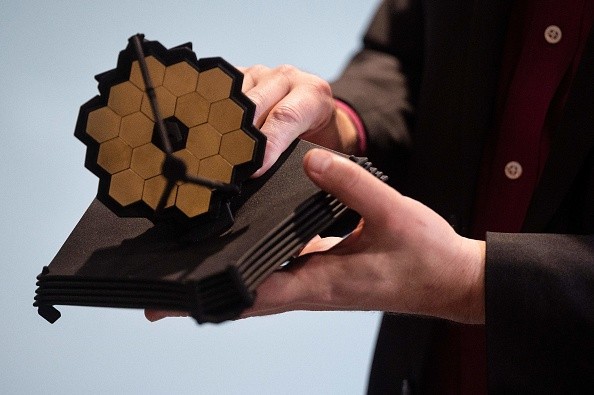NASA's James Webb Space Telescope (JWST) captured its "first light" image. Although this is a great achievement, the actual photo shows that the giant space telescope still needs a lot of work.

The international space union confirmed this detail, saying that the first light image of JWST was recorded on Feb. 3.
"This milestone marks the first of many steps to capture images that are at first unfocused and use them to slowly fine-tune the telescope," said NASA via its official blog post.
NASA James Webb Telescope's First Light Image
According to Mashable's latest report, first light is a term that describes the first generation of stars or the oldest stars that appeared in the universe.

Also Read : First SpaceX Starship Orbital Flight To Happen in March? Elon Musk's Promises Launch Before 2022 Ends
Based on the Big Bang theory, they are thought to have formed just 300 million years ago. Capturing first light stars' images is essential since they can provide more details about the oldest heavenly bodies in space.
Aside from first light stars, NASA will also use James Webb Space Telescope to photograph some of the very first galaxies that are more than 13.5 billion light-years away from Earth.
JWST Still Imperfect?
NASA's James Webb Space Telescope used HD84406, an isolated star that is 260 light-years away, as its subject.
However, unlike other space images and videos captured by the international space agency, this one is not HD. Instead of showing the actual appearances of the subject star and other heavenly bodies around it, the final output showed show ghost-like objects floating in space.
This just shows that JWST is still imperfect. But, this is not a flaw. Lee Feinberg, James Webb Space Telescope's manager, explained that it would take months until the machine finishes its mirrors' preparations.
In other news, Astrail's NASA launch flew out of control. Meanwhile, SpaceX Starlink sats is discovered to leave no trace of debris once they fall back to Earth.
For more news updates about NASA JWST and its upcoming activities, always keep your tabs open here at TechTimes.
This article is owned by TechTimes
Written by: Griffin Davis
ⓒ 2025 TECHTIMES.com All rights reserved. Do not reproduce without permission.




